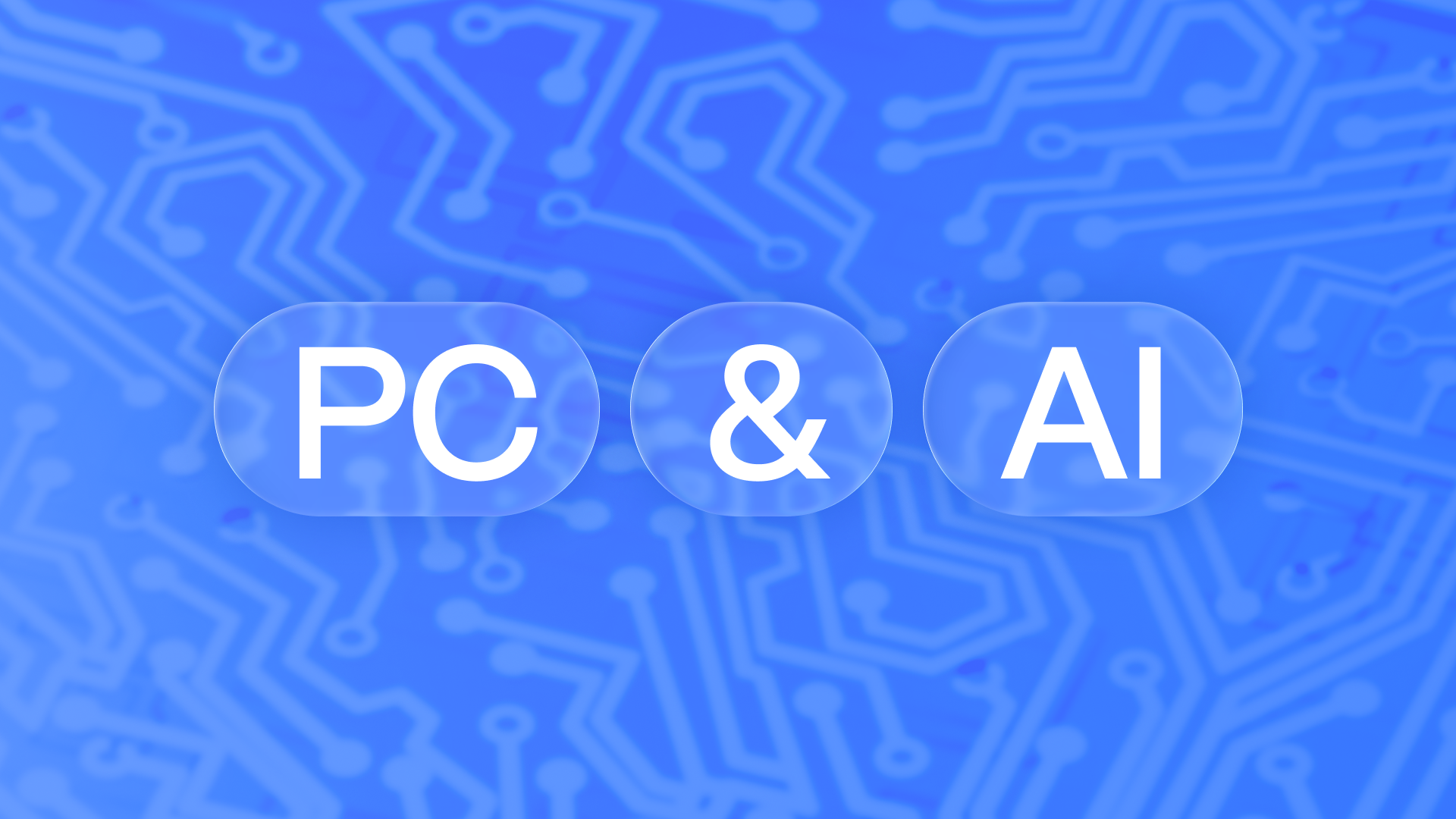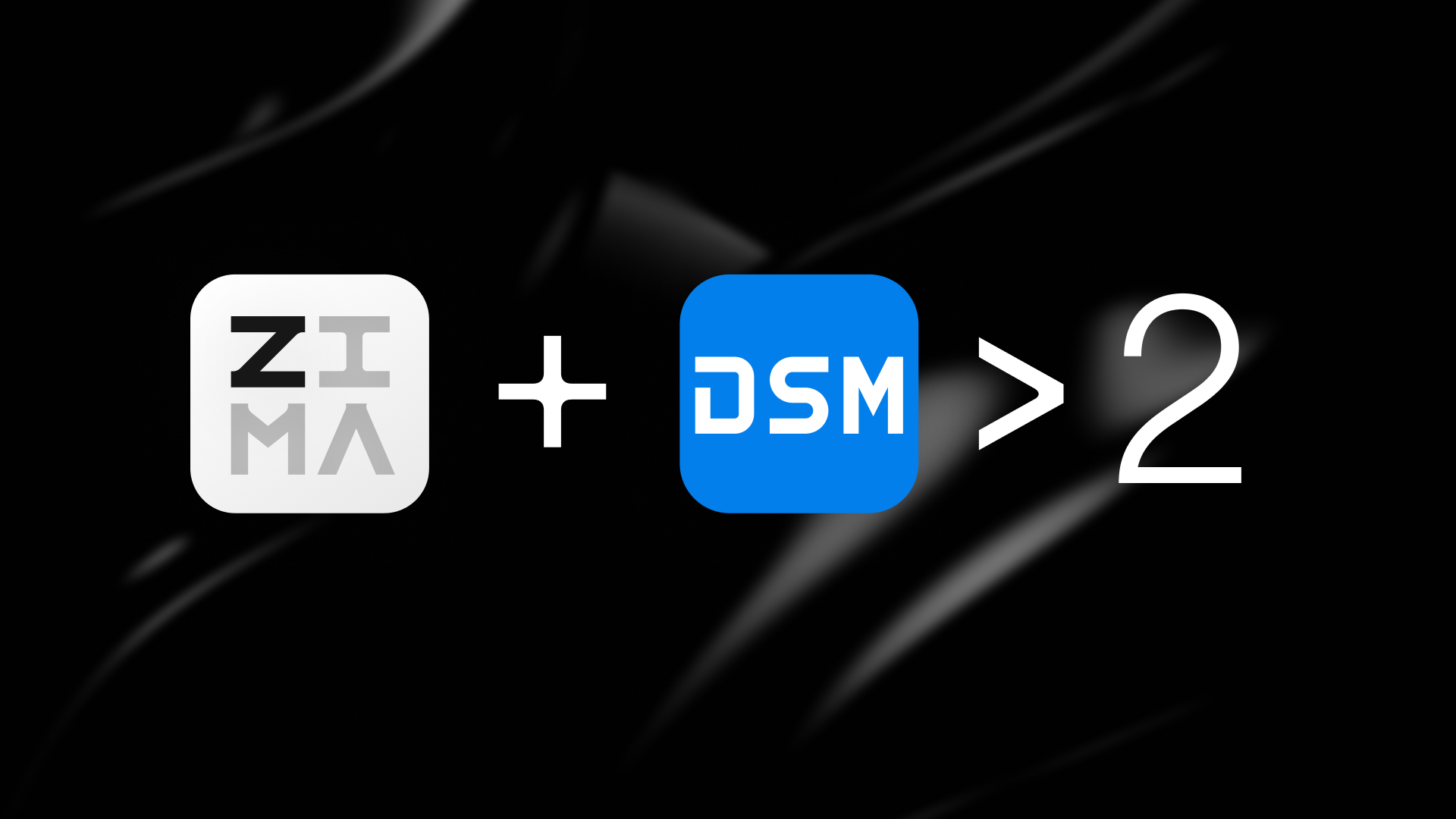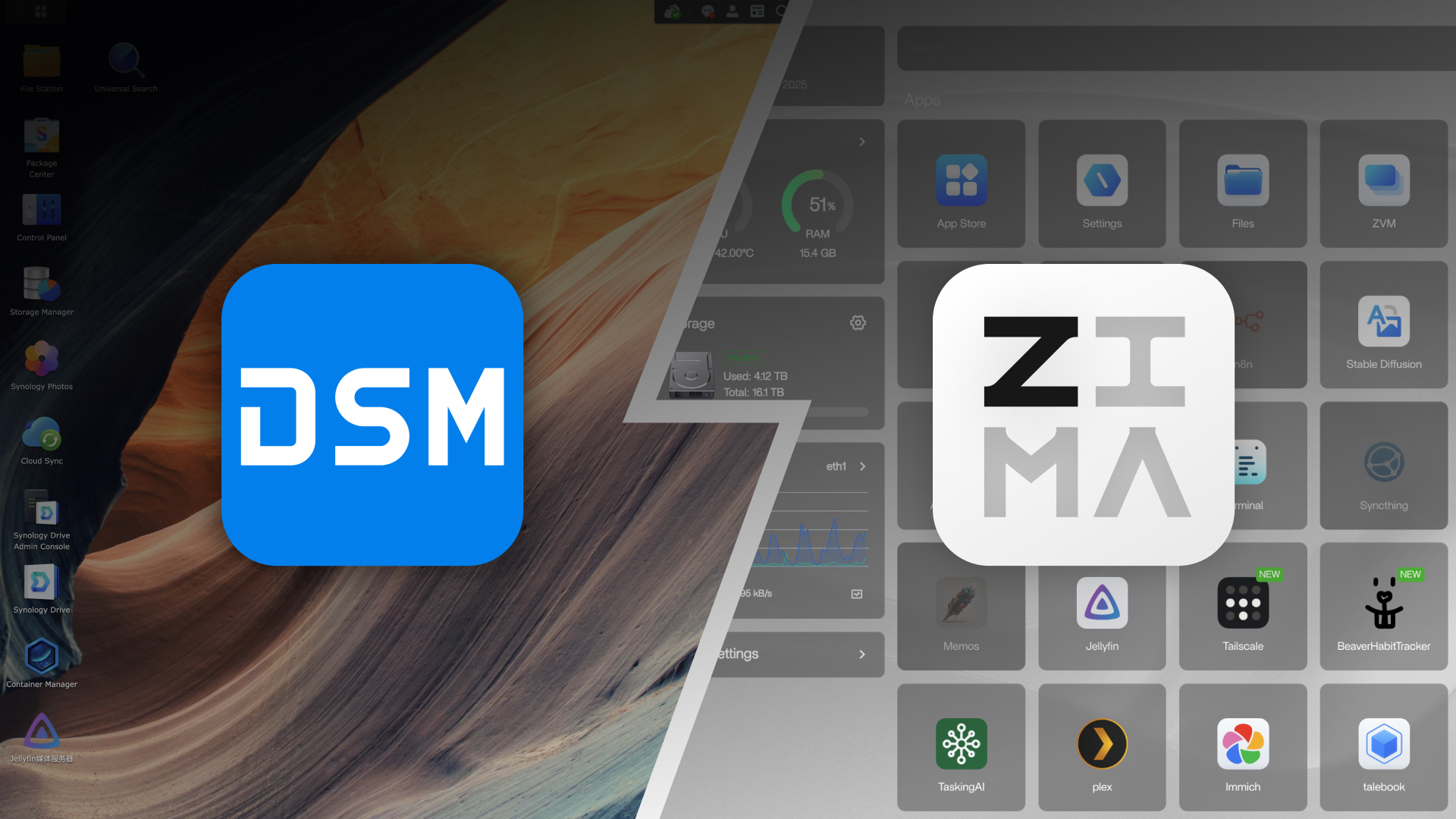Reviews
ASUS Tinker Board Review: Is It Worth the Investment for Your Next DIY Project?
![]() John Guan - Apr 21, 2023
John Guan - Apr 21, 2023
The ASUS Tinker Board and ZimaBoard are two popular single-board computers (SBCs) that offer high-performance computing capabilities in a compact form factor. The ASUS Tinker Board was released in 2017, while the ZimaBoard was launched in 2020.
The ASUS Tinker Board is powered by a quad-core ARM Cortex-A17 processor running at 1.8 GHz and features 2GB of DDR3 memory, Gigabit Ethernet, Wi-Fi and Bluetooth connectivity, and support for 4K video playback.
The ZimaBoard, on the other hand, is based on the Rockchip RK3399 SoC, which features a Hexa-core processor with two Cortex-A72 cores and four Cortex-A53 cores, running at up to 2.0 GHz. It comes with 4GB of LPDDR4 memory, Gigabit Ethernet, Wi-Fi, and Bluetooth connectivity, and support for 4K video playback.
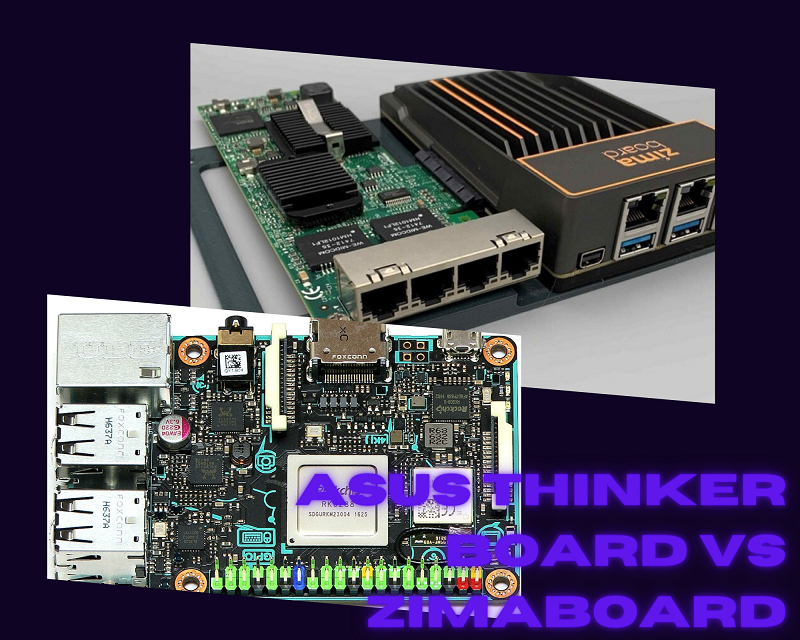
Part 1:Purpose of the comparison – Asus Thinker Board vs ZimaBoard?
The purpose of this comparison is to provide an in-depth analysis of the features, performance, and pricing of the ASUS Tinker Board and ZimaBoard, and help readers make an informed decision based on their specific requirements.
The ASUS Tinker Board and ZimaBoard have several key differences, including their processors, memory, and connectivity options. The ZimaBoard has a Hexa-core processor with more powerful Cortex-A72 cores, while the ASUS Tinker Board has a quad-core processor.
The ZimaBoard also has more memory, with 4GB of LPDDR4 RAM compared to the ASUS Tinker Board’s 2GB DDR3 RAM. Additionally, the ZimaBoard has a USB 3.0 port and a Type-C port, while the ASUS Tinker Board only has USB 2.0 ports. The ZimaBoard also has a built-in fan for improved cooling, while the ASUS Tinker Board does not.
Part 2: Features and Specs Comparison of ASUS Thinker Board and ZimaBoard
When it comes to features and specs, both the ASUS Tinker Board and the ZimaBoard offer a range of options for users. Let’s take a closer look at how they compare:
A. Processor
The ASUS Tinker Board features a 1.8 GHz Rockchip RK3288 quad-core ARM Cortex-A17 processor. It also has a Mali-T764 GPU and 2GB of LPDDR3 memory. On the other hand, the ZimaBoard has a 1.5 GHz quad-core ARM Cortex-A53 processor with a Mali-450MP4 GPU and up to 4GB of LPDDR4 memory.
Both boards offer fast processing power and are capable of handling a range of tasks. However, the ASUS Tinker Board’s ARM Cortex-A17 processor is slightly more powerful than the ZimaBoard’s ARM Cortex-A53 processor.
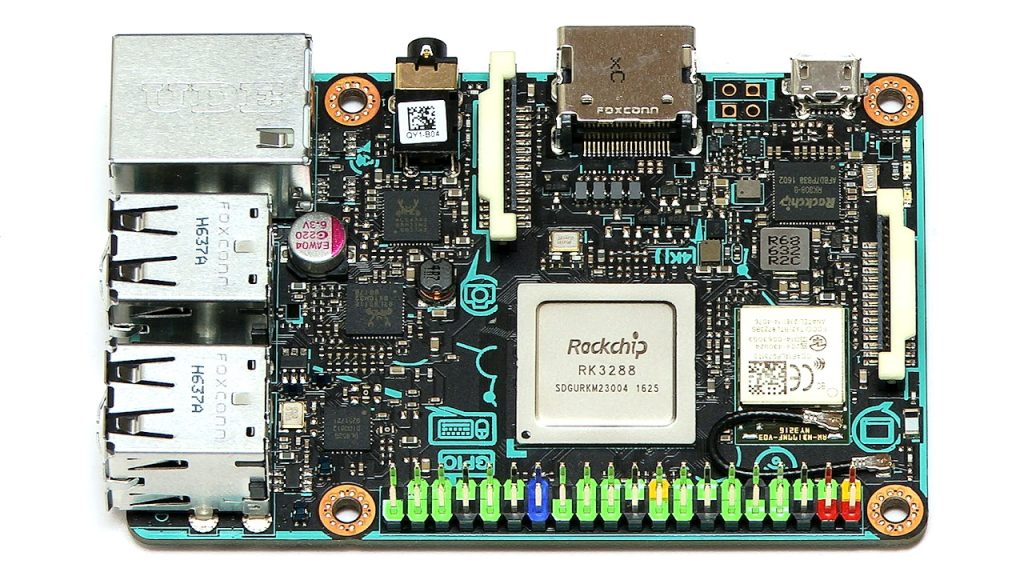
B. GPU
The ASUS Tinker Board’s Mali-T764 GPU is a powerful graphics processor that is capable of handling a range of graphic-intensive tasks. It has support for OpenGL ES 3.1 and OpenCL 1.2. The ZimaBoard also has a capable GPU in the Mali-450MP4, which supports OpenGL ES 2.0.
Overall, the ASUS Tinker Board has a more powerful GPU that can handle more demanding graphic tasks.
C. Memory
The ASUS Tinker Board has 2GB of LPDDR3 memory, while the ZimaBoard has up to 4GB of LPDDR4 memory. Both boards offer enough memory to handle most tasks, although the ZimaBoard’s extra memory can be useful for more demanding applications.
D. Storage
The ASUS Tinker Board features a microSD card slot for storage, as well as 4 USB 2.0 ports and a Gigabit Ethernet port for additional storage options. The ZimaBoard also has a microSD card slot, as well as a SATA III port and two USB 3.0 ports for additional storage.
Overall, the ZimaBoard offers more storage options than the ASUS Tinker Board.
E. Connectivity
The ASUS Tinker Board has a range of connectivity options, including Gigabit Ethernet, 802.11b/g/n Wi-Fi, and Bluetooth 4.0. It also has four USB 2.0 ports, an HDMI port, and a 3.5mm audio jack.
The ZimaBoard also has a range of connectivity options, including Gigabit Ethernet, 802.11b/g/n/ac Wi-Fi, and Bluetooth 5.0. It also has two USB 3.0 ports, two USB 2.0 ports, an HDMI port, and a 3.5mm audio jack.
Overall, both boards offer a range of connectivity options, but the ZimaBoard’s Bluetooth 5.0 and faster Wi-Fi are an advantage.
F. GPIO Pins
The ASUS Tinker Board has a 40-pin GPIO header that is compatible with Raspberry Pi accessories. The ZimaBoard also has a 40-pin GPIO header, but it is not compatible with Raspberry Pi accessories.
Both boards offer GPIO pins, but the ASUS Tinker Board’s compatibility with Raspberry Pi accessories is an advantage.
G. Power consumption
The ASUS Tinker Board has a maximum power consumption of 5W, while the ZimaBoard has a maximum power consumption of 10W. Both boards are relatively low-power and energy-efficient, but the ASUS Tinker Board consumes less power.
H. Other features
The ASUS Tinker Board has a built-in heatsink for better cooling, which can be important for high-performance tasks. The ZimaBoard has a built-in accelerometer and gyroscope, which can be useful for motion-sensing applications.
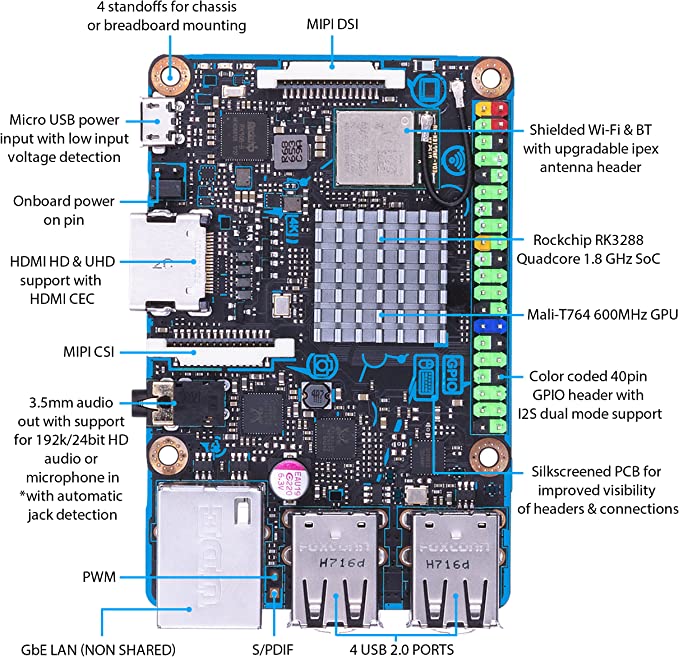
Part 3:ASUS Tinker Board vs ZimaBoard: Performance Comparison
When it comes to single-board computers (SBCs), the ASUS Tinker Board and ZimaBoard are two popular choices for DIY enthusiasts and hobbyists. Both boards offer similar features and specs, but their performance varies in different areas. In this article, we’ll compare the benchmark tests, real-world performance, and use cases of the ASUS Tinker Board and ZimaBoard.
A. Benchmark tests
Benchmark tests are an effective way to measure the performance of SBCs. In terms of CPU performance, the ASUS Tinker Board has a slight edge over the ZimaBoard. The Tinker Board is equipped with a 1.8 GHz Rockchip RK3288 quad-core ARM Cortex-A17 CPU, while the ZimaBoard has a 1.2 GHz Rockchip RK3328 quad-core ARM Cortex-A53 CPU.
In the single-core Geekbench 4 benchmark, the Tinker Board scored 942 points, while the ZimaBoard scored 711 points. In the multi-core test, the Tinker Board scored 2768 points, while the ZimaBoard scored 1782 points.
However, the ZimaBoard has an advantage in GPU performance, thanks to its Mali-450 MP2 GPU. In the GFXBench Manhattan 3.1 benchmark, the ZimaBoard scored 2.9 frames per second (fps), while the Tinker Board scored 1.5 fps. In the GFXBench T-Rex benchmark, the ZimaBoard scored 19.6 fps, while the Tinker Board scored 11.6 fps.
B. Real-world performance
Benchmark tests can give a good indication of performance, but real-world performance is also important. The ASUS Tinker Board and ZimaBoard are both capable of running a variety of applications and tasks, from basic web browsing to media playback and gaming.
In terms of web browsing, the Tinker Board and ZimaBoard perform similarly, with both boards able to handle multiple tabs and streaming videos. However, the ZimaBoard may be a better choice for media playback, thanks to its superior GPU performance. The ZimaBoard is capable of playing 4K video at 60 frames per second (fps), while the Tinker Board can only handle 4K video at 30 fps.
Gaming is also a consideration for many SBC users. Both the Tinker Board and ZimaBoard can run popular games such as Minecraft and RetroPie. However, the ZimaBoard’s better GPU performance may make it a better choice for more demanding games.
C. Use cases
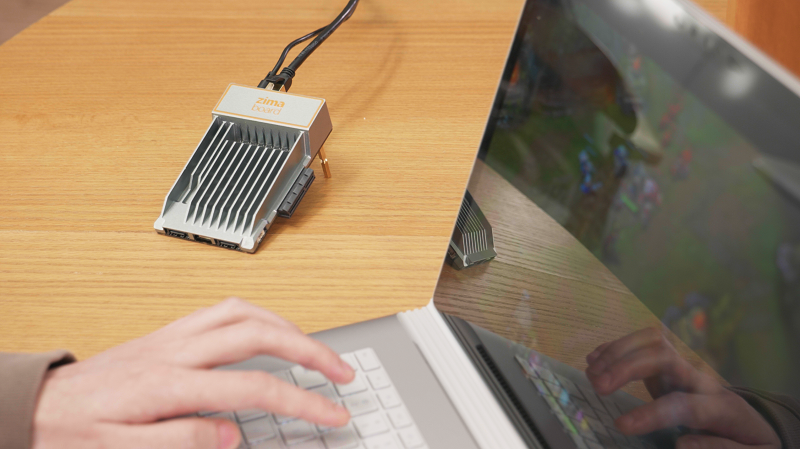
The ASUS Tinker Board and ZimaBoard are both versatile SBCs that can be used in a variety of projects and applications. The Tinker Board is a popular choice for media centers, gaming consoles, and home automation systems. Its powerful CPU makes it well-suited for tasks that require high processing power, such as video editing and transcoding.
The ZimaBoard, on the other hand, is a good choice for projects that require high GPU performance, such as computer vision, machine learning, and robotics. Its Mali-450 MP2 GPU can handle complex image and video processing tasks with ease.
Overall, the choice between the ASUS Tinker Board and ZimaBoard depends on your specific use case and requirements. If you need high CPU performance and plan to use your SBC for tasks such as video editing or gaming, the Tinker Board may be a better choice.
If you require high GPU performance and plan to use your SBC for computer vision, machine learning, or robotics projects, the ZimaBoard may be the better option.
Part 4:ASUS Tinker Board vs ZimaBoard: A Comparison of Software and Support
When it comes to single-board computers, not only are the hardware features important, but also the software and support available for them. This is where ASUS Tinker Board and ZimaBoard differ in some aspects. In this article, we will compare the software and support aspects of both boards to help you decide which one suits your needs best.
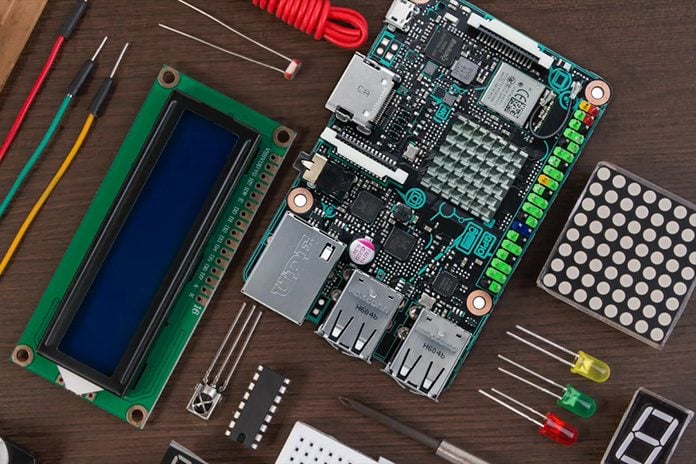
A. Operating Systems
One of the essential aspects of single-board computers is the operating system they run on. Both ASUS Tinker Board and ZimaBoard support various operating systems, including Linux-based ones such as Debian, Ubuntu, and OpenWRT.
ASUS Tinker Board is designed to work well with TinkerOS, which is a Debian-based operating system. It comes with various software packages pre-installed, including Chromium browser, Kodi media player, and LibreOffice suite, among others. TinkerOS also provides users with a simple, user-friendly interface that allows easy customization of the desktop environment.
On the other hand, ZimaBoard is designed to support a range of Linux-based operating systems, including Ubuntu, Debian, and OpenWRT. It also supports Android and OpenELEC. However, the default operating system for ZimaBoard is the OpenWRT, which is a lightweight operating system specifically designed for embedded systems.
While both boards support a range of operating systems, ASUS Tinker Board comes with a pre-installed operating system that is designed to work well with its hardware. ZimaBoard, on the other hand, is more flexible, allowing users to choose the operating system that best suits their needs.
B. SDKs and APIs
Software Development Kits (SDKs) and Application Programming Interfaces (APIs) are essential for developers and programmers. They enable them to develop applications and software that can run on the board. Both ASUS Tinker Board and ZimaBoard support various SDKs and APIs.
ASUS Tinker Board supports various SDKs and APIs, including OpenCV, TensorFlow, and ROS. It also provides users with a comprehensive set of development tools, including an integrated development environment (IDE), debugging tools, and code samples.
ZimaBoard, on the other hand, supports a range of SDKs and APIs, including Python, C/C++, and Java. It also comes with a range of development tools, including an IDE, a compiler, and a debugger. Additionally, ZimaBoard supports various libraries and frameworks, such as OpenCV and TensorFlow, making it a versatile board for developers.
C. Community Support
Community support is essential when it comes to single-board computers. It helps users troubleshoot problems, learn new skills, and share knowledge. Both ASUS Tinker Board and ZimaBoard have active communities that provide support for users.
ASUS Tinker Board has an active community of developers and enthusiasts. The Tinker Board forum is a platform where users can ask questions, get support, and share their projects. Additionally, ASUS provides various resources, including documentation, tutorials, and sample codes, to help users get started.
ZimaBoard also has an active community of developers and users. The ZimaBoard forum is a platform where users can ask questions, share knowledge, and showcase their projects. Additionally, ZimaBoard provides various resources, including documentation, tutorials, and sample codes, to help users get started.
D. Documentation
Documentation is crucial when it comes to single-board computers. It provides users with the information they need to get started, troubleshoot problems, and explore new features. Both ASUS Tinker Board and ZimaBoard have comprehensive documentation available.
When it comes to single-board computers (SBCs), there are plenty of options to choose from. Two of the most popular are the ASUS Tinker Board and the ZimaBoard. In this article, we’ll be comparing the two SBCs in terms of their pricing and availability.
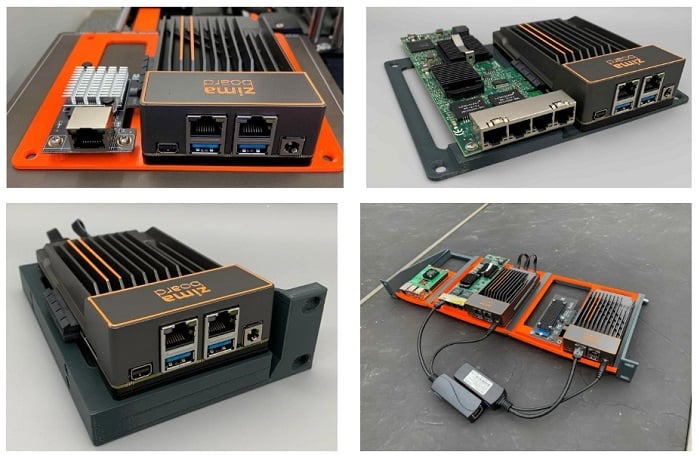
Part 5:ASUS Tinker Board vs ZimaBoard: A Comparison ofPricing andAvailability
A. Pricing Comparison
The ASUS Tinker Board is generally more expensive than the ZimaBoard. At the time of writing, the Tinker Board retails for around $60 USD, while the ZimaBoard can be purchased for around $45 USD. However, it’s worth noting that prices can vary depending on the retailer and any discounts or promotions that may be available.
B. Availability and Shipping Options
The ASUS Tinker Board and ZimaBoard are both widely available from a variety of online retailers. In terms of shipping options, it will depend on the specific retailer you purchase from. Some retailers may offer free shipping or expedited shipping options, while others may have restrictions based on your location.
It’s worth noting that availability can vary depending on your location as well. Both the ASUS Tinker Board and ZimaBoard are popular among hobbyists and developers, so it’s unlikely that you’ll have trouble finding them in most regions. However, if you’re in a more remote location, you may need to order from a retailer that specializes in SBCs or electronics.
C. Discounts and Promotions
Both the ASUS Tinker Board and ZimaBoard may be available at discounted prices depending on the retailer and time of year. For example, during major shopping events like Black Friday or Cyber Monday, it’s not uncommon to see discounts on SBCs like these. Additionally, some retailers may offer bundle deals that include accessories or other components alongside the SBC.
Overall, when it comes to pricing and availability, the ZimaBoard is generally the more affordable option. However, the ASUS Tinker Board is still widely available and may be worth the extra cost for those who prefer its specific features and specifications.
Part 6: ASUS Tinker Board vs ZimaBoard: Pros and Cons
A. ASUS Tinker Board
The ASUS Tinker Board has several pros that make it a worthy consideration for any project. Some of these pros include:
High performance: The ASUS Tinker Board has an impressive performance due to its powerful processor and high-quality GPU. This makes it suitable for a variety of projects that require fast processing speeds and excellent graphics.
Connectivity options: The Tinker Board offers a variety of connectivity options, including Wi-Fi, Bluetooth, and Gigabit Ethernet. This makes it easy to connect to the internet or other devices, making it a great option for IoT projects.
High-quality audio: The Tinker Board features high-quality audio with its 192kHz/24-bit audio output. This makes it suitable for audio-related projects such as media centers and audio recordings.
GPIO pins: The Tinker Board has a 40-pin GPIO header that offers access to a variety of interfaces and peripherals.
However, the ASUS Tinker Board also has a few cons that should be considered before making a purchase. These include:
Price: The Tinker Board is more expensive than some of its competitors, making it a less viable option for budget projects.
Availability: The Tinker Board is not widely available, and some users may have difficulty finding it in their local market.
B. ZimaBoard
The ZimaBoard also has several pros that make it a worthy consideration for any project. Some of these pros include:
High performance: The ZimaBoard features a powerful processor and high-quality GPU, making it suitable for a variety of projects that require fast processing speeds and excellent graphics.
Connectivity options: The ZimaBoard offers a variety of connectivity options, including Wi-Fi, Bluetooth, and Gigabit Ethernet. This makes it easy to connect to the internet or other devices, making it a great option for IoT projects.
GPIO pins: The ZimaBoard has a 40-pin GPIO header that offers access to a variety of interfaces and peripherals.
Price: The ZimaBoard is more affordable than some of its competitors, making it a great option for budget projects.
However, the ZimaBoard also has a few cons that should be considered before making a purchase. These include:
Limited availability: The ZimaBoard is currently only available in certain regions, making it difficult for some users to obtain.
Limited documentation: Compared to some of its competitors, the ZimaBoard has limited documentation available, which may make it challenging for users who are new to the platform.
Conclusion
In conclusion, both the ASUS Tinker Board and ZimaBoard have their strengths and weaknesses, and the choice between them will ultimately depend on the specific project requirements and budget. The ASUS Tinker Board is a more powerful and feature-rich option but comes with a higher price tag, while the ZimaBoard is more affordable but has limited availability and documentation.
